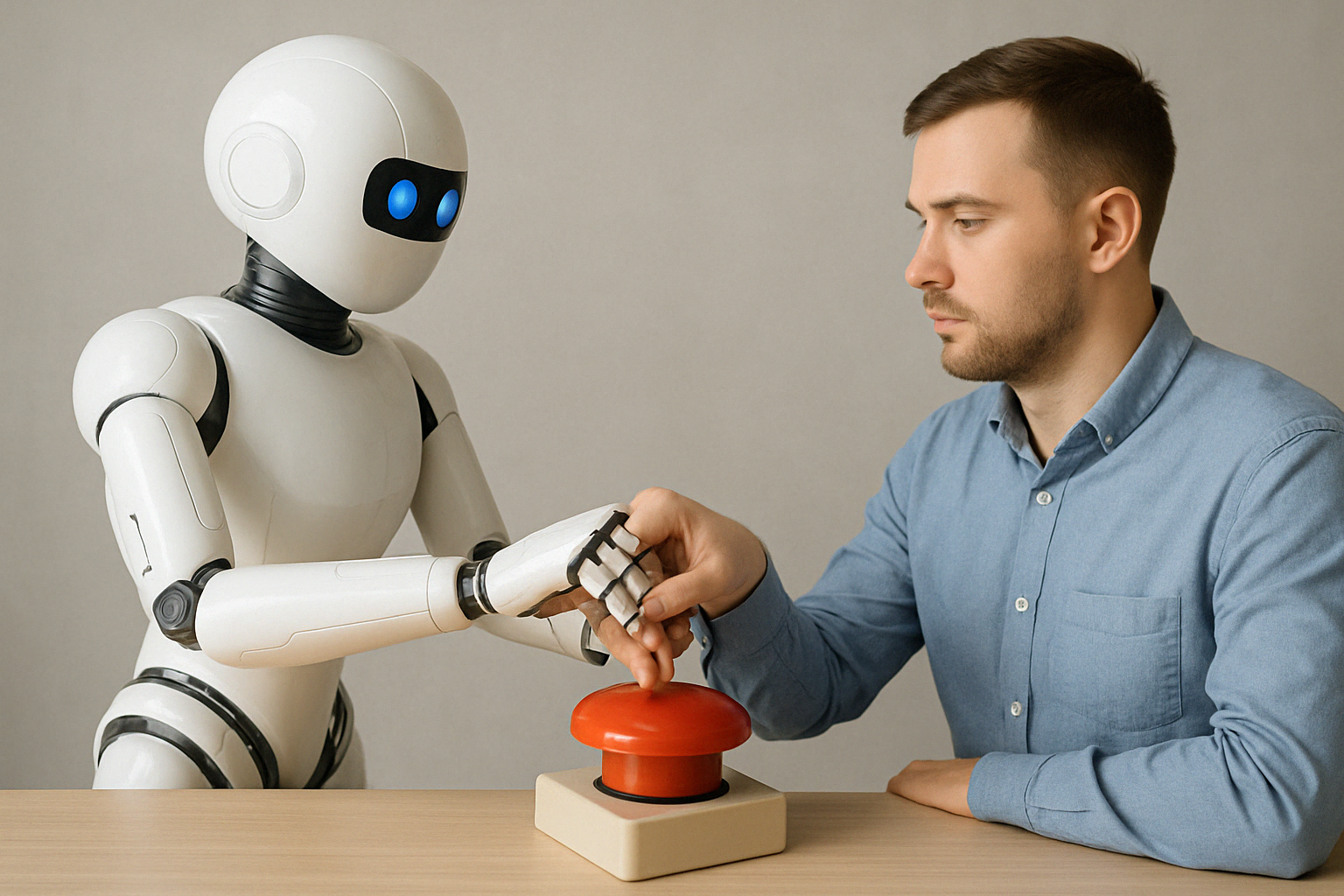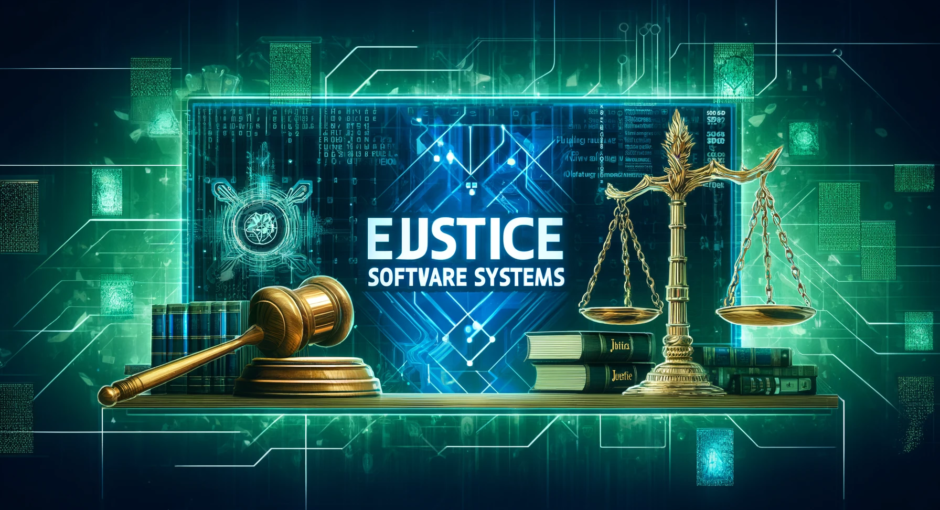There was a time when companies proudly advertised that they had an email address. Seriously. In the late ‘90s, it was a badge of modernity — “Look, we’re online!” Fast-forward to 2025, and we’re in the middle of another hype cycle. This time, the magic words are “AI-powered.”
Whether it’s a basic contact form, a file converter, or a to-do list app, the term “AI” is slapped on everything with the same desperation as “gluten-free” on a bottle of water. It’s not about functionality — it’s about optics. A shortcut to perceived innovation, even if what’s under the hood is a glorified if-else statement.
But here’s the catch: artificial intelligence is quickly becoming just another tool — like email, like the cloud, like having a mobile-responsive website. Soon enough, calling your software “AI-powered” will sound just as ridiculous as saying your web app “runs in a browser.”
Time to ask a simple question: why the “AI-powered” label has become the most overused sticker in tech marketing — and why, in many cases, it signals nothing more than a lack of imagination?
AI Where No AI Is Needed
If your product registers domain names, sends invoices, or changes a button from red to green — congratulations, it’s now “AI-powered.” Not because it actually needs to be. But because the label adds a nice tech-luxury gloss that gets investors nodding and clients too embarrassed to ask what it really means.
Let’s be honest: most so-called AI features could be replicated with three lines of code and a bored junior developer. But who cares? As long as you call it an “intelligent assistant”, you can triple the price and add a chatbot to explain what the old dropdown menu used to do perfectly well.
Here’s a short list of real-world things that recently claimed to use AI:
- A file uploader (“AI optimizes file compression”)
- A task manager (“AI helps you focus better”)
- A weather app (“AI curates your forecast based on your mood” — yes, mood)
- A password generator (“AI secures your digital identity”)
- And our personal favorite: a “smart contract template engine powered by AI and blockchain.” Whatever that means.
These tools don’t actually leverage any machine learning, neural nets, or anything remotely close to artificial intelligence. But marketing doesn’t care about that. It only cares that you care about AI — or at least fear being left behind without it.
At this point, the AI label isn’t about tech — it’s about emotional manipulation. Fear of missing out. Fear of being the only one without a robot assistant holding your PDF export button.
🧠 “We use AI to help you click fewer buttons. Imagine the possibilities.”
Marketing Over Engineering
There was a time when building software meant solving problems. Now, it often means solving perception problems. Enter “AI-powered,” the modern version of “New and Improved!” — but for dashboards, SaaS platforms, and fintech pitch decks.
Let’s get something straight: in most cases, the AI isn’t doing the heavy lifting. It’s just there, like parsley on a plate. A decorative sprig to make the meal look smarter.
The usual suspects
Check out any generic B2B landing page today and you’ll find phrases like:
-
“Revolutionizing user experience with advanced AI capabilities.”
-
“Seamless, AI-powered decision-making tools.”
-
“Harnessing machine learning to optimize operational efficiency.”
Sounds impressive — until you realize that what they call “AI” is often a glorified if-statement, or worse, an automated script from 2012 dressed up with TensorFlow stickers.
🧠 “Our AI secures your digital identity.” (Translation: It generates a random password.)
Meanwhile, actual engineers are rolling their eyes while marketing teams push copy like “Our AI learns your habits to serve you better.” Translation? The app remembers which tab you opened last.
Why does this happen?
Because marketing runs faster than engineering. Faster than compliance. Sometimes faster than common sense. It doesn’t matter if the AI doesn’t do anything — as long as it sounds like it could do something if you squint hard enough.
That’s not to say AI has no place. Real machine learning powers fraud detection, predictive analytics, NLP, computer vision, and more. But if your tool suggests hashtags or moves a widget two pixels to the left based on “user behavior,” maybe don’t pitch it as the next ChatGPT.
AI Is the New PowerPoint
Once upon a time, people were impressed when a company used PowerPoint. Then it became the default. No one writes “now with PowerPoint” on their job description anymore — because it’s assumed. It’s part of the furniture.
Guess what’s next in line? AI.
We’re approaching the point where artificial intelligence is no longer innovative — it’s infrastructural. Just like email, video calls, or cloud storage. And that’s a good thing. But here’s the irony: the more common it becomes, the louder some companies shout about it, as if it’s still 2015 and we’re all amazed by Siri.
🧠 “In 2030, someone will proudly pitch their service as ‘AI-powered’ and the room will go silent — the same way it would if you said you use Excel to do math.”
Think about it. Nobody writes “uses Wi-Fi” in their Airbnb listing anymore. It’s expected. Soon enough, the same will happen to AI. The term will quietly disappear from the packaging — not because the technology vanished, but because no one will be impressed anymore.
The turning point
We’ve already started seeing this shift. Developers don’t brag about using AI frameworks — they talk about outcomes. Users don’t care if your email assistant uses GPT or a simple ruleset — they just want it to work. Investors? They’ve read enough pitch decks to know that “proprietary AI” often means “we’re using OpenAI’s API like everyone else.”
So, while marketing teams are still plastering “AI-powered” across every clickable surface, the reality is catching up: AI is becoming boring. Normal. Invisible.
And once that happens, all the flashy branding loses its magic.
Who’s to Blame, and What We Can Do About It
So, how did we get here — to a place where “AI-powered” is scribbled onto every pitch deck, SaaS tool, and digital napkin?
Let’s not kid ourselves: it’s a group effort.
The culprits:
-
📢 Marketing teams, who’ve learned that “AI” gets more clicks than “logic-based automation” — and hey, who’s checking?
-
💸 Investors, who throw money at anything that sounds remotely like machine learning, especially if it’s sandwiched between “scale” and “disruption.”
-
🧑💻 Product teams, sometimes complicit, sometimes exhausted, quietly replacing complex data science with
switch-caseconditions because the deadline said so. -
📈 Trend-chasers, who treat tech like fashion — this season it’s AI, next season it’ll be quantum something, probably with a pastel gradient.
🧠 “We believe in ethical AI, scalable AI, and whatever AI the market likes next quarter.”
What can we do about it?
We could start by asking one simple question before buying, funding, or building anything with “AI” on the label:
What exactly does the AI do here?
If you get a straight answer, great. If you get a buzzword salad — “synergizing intelligent decision layers through predictive adaptability” — run.
Buyers need to become skeptics. Builders need to stop treating labels as deliverables. And marketers? Well, let’s say it’s time to put down the glitter glue and start respecting your audience’s intelligence.
AI as Background Noise
Eventually, AI will be everywhere. Quietly. Invisibly. Like electricity, like Wi-Fi, like autocorrect. And when that day comes, slapping “AI-powered” on a login form will sound as silly as writing “now with electrons!” on a light switch.
Until then? Let’s enjoy the absurdity of our current moment — where even your to-do list app claims to have a PhD in machine learning.
🧠 Coming soon: AI-powered ballpoint pens. Because your handwriting deserves innovation too.
AI Marketing Hits: The Greatest (Empty) Hits of Our Time
At LaSoft Innovation Lab, we’ve developed these inspiring (and slightly cheeky) AI-powered CTAs to help our fellow tech marketers reflect, smile — and maybe think twice before slapping ‘intelligent automation’ on a login form.
| # | Phrase / Claim | Translation for Humans |
|---|---|---|
| 1 | “Our AI auto-generates invoices for you.” | Because clearly, you're too exhausted to type numbers yourself. |
| 2 | “AI chooses your button colors.” | Apparently, humanity can no longer decide between blue and teal unaided. |
| 3 | “AI-powered everything.” | Imagine if every 1998 product was “email-enhanced.” That’s 2025 for AI. |
| 4 | “Futuristic AI-integrated calculator.” | No clue what the AI does, but the font on the landing page is very high-tech. |
| 5 | “AI-enhanced task list.” | Like “organic” in a supermarket: no difference, just more expensive. |
| 6 | “Cutting-edge AI algorithms redefine user experience.” | Translation: we slapped a GitHub repo on it and called it innovation. |
| 7 | “The next trend you can’t ignore.” | In 2007 it was CRM. In 2012 — APIs. Now, even your beach chair rental app needs AI. |
| 8 | “AI-powered content sorting system.” | It moves files into folders. Coming soon: AI-driven staplers. |
| 9 | “Our AI understands you.” | It not only handles your data — it boosts your self-worth, too. |
| 10 | “AI-powered login form.” | In 2030, writing this will feel like bragging about your calculator app. |


